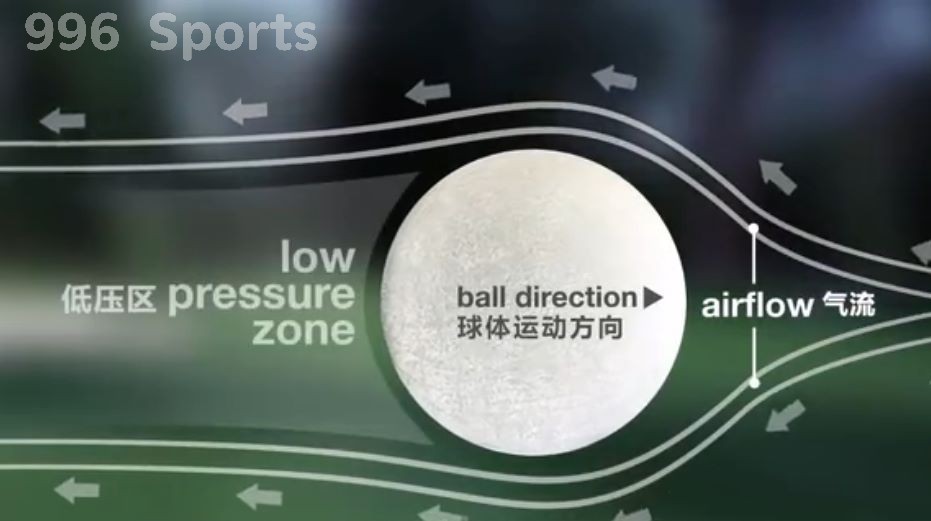Why are the surfaces of golf balls covered in small pits? How much force can the ball withstand at the moment of impact?

The small pits on the surface of a golf ball are called "dents", and their design is not accidental, but to improve the ball's flight performance. The following are the main functions of dents:
Aerodynamic optimization: The indentation reduces the drag encountered by the ball during flight in the air by altering the airflow characteristics around the ball. A smooth sphere without dents will create a larger turbulent area behind it, resulting in higher resistance; And dents can help form a thin boundary layer, making the airflow closer to the surface of the sphere, reducing turbulent areas, and thus reducing resistance.
Boosting lift: In addition to reducing drag, dents can also increase lift because they help control the separation point of the airflow above the sphere, causing the upper airflow to move faster. According to Bernoulli's principle, this generates higher pressure below the sphere, providing upward force and helping the sphere fly further.
Stability: Dents also help stabilize the flight trajectory of the ball, reduce the impact of side spin, and enable the ball to maintain a relatively straight flight path even when affected by crosswinds.
As for the force that a golf ball can withstand at the moment of impact, it depends on various factors, including the speed and angle of the club, as well as the material of the ball itself. A typical swing speed can reach over 100 miles per hour (approximately 160 kilometers per hour), which means that at the moment of hitting the ball, the contact time between the club head and the ball is very short, only a few thousandths of a second. In this extremely short period of time, the impact force generated is very large, estimated to reach several thousand newtons.
Specifically, the hitting power of professional golfers can reach 2000-3000 newtons, or even higher. The design of a golf ball must be sturdy enough to withstand such impact forces without breaking or deforming, while also ensuring proper deformation upon contact to store energy and release it upon leaving the face, in order to achieve maximum flight distance and accuracy.
The material of a golf ball is usually a rubber core with a tough outer shell. Modern golf balls may also contain multiple layers of structure, each with different hardness and elasticity, in order to better adjust the performance of the ball and meet the needs of different players.
